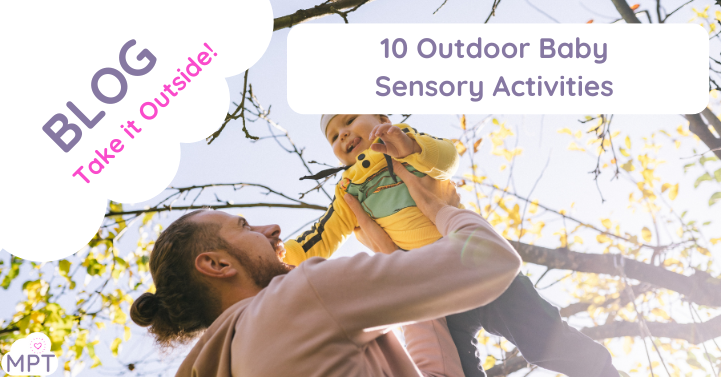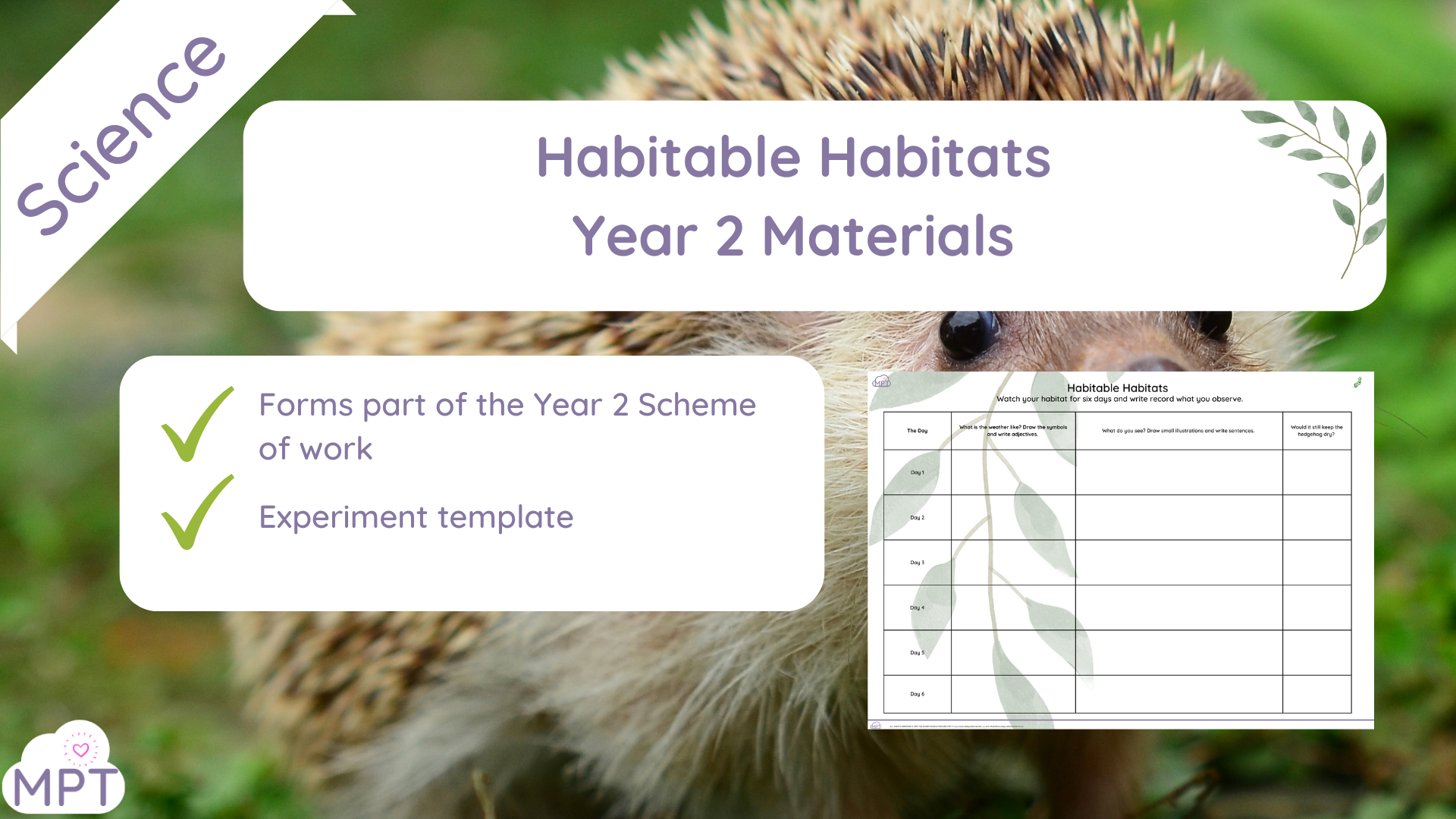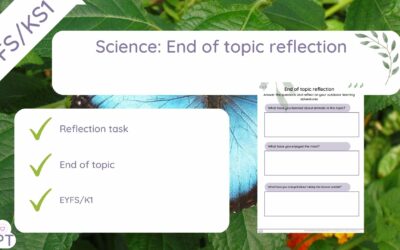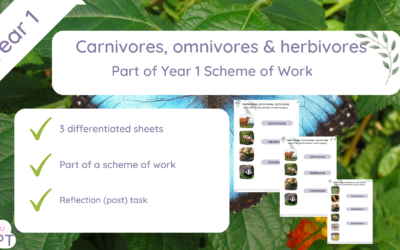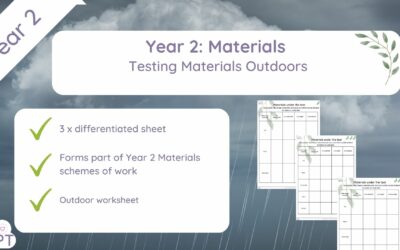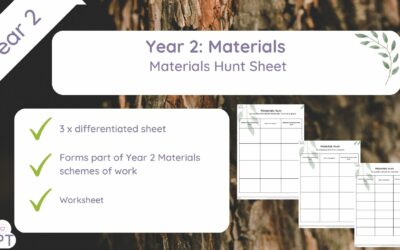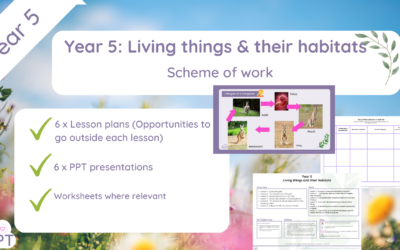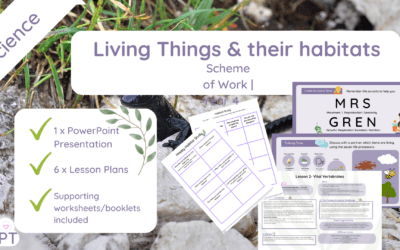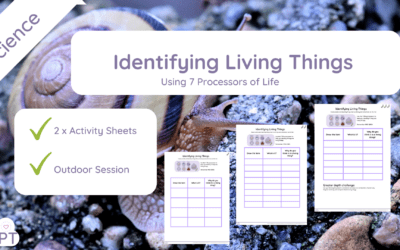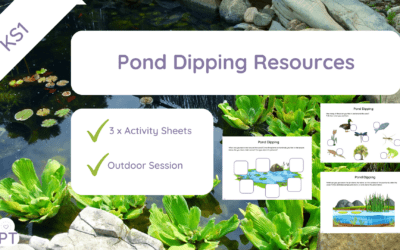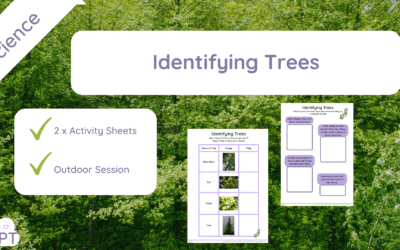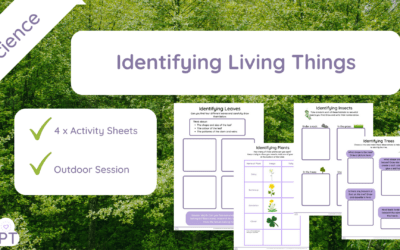Year 6 Living things & their habitats What does this resource include? 1 x PPT Presentation 6 lesson planning...
Scheme of Work Everyday Materials (Year 2)
Feb 19, 2023
What does this resource include? Use Scheme of Work Everyday Materials (Year 2) to teach a whole unit of Science...
Habitable Habitats – Year 2 Materials
Feb 15, 2023
What does this resource include? 1 x Recording sheet to go alongside Year 2 Using everyday materials Scheme of Work ...
End of Topic Reflection Form
Jan 30, 2023
What does this resource include? 1 x Reflection Task Sheet ideal for EYFS &KS1 How can I use this resource? Use...
Herbivores, omnivores and carnivores
Jan 30, 2023
What does this resource include? Three differentiated sheets to link to Year 1 Animal, including humans scheme of...
Questionnaires Coordinators Course
Jan 26, 2023
What does this resource include? Questionnaires that form the outdoor coordinator's course How can I use this...
Testing Materials Year 2
Jan 24, 2023
What does this resource include? 3 x differentiated sheets for Testing Materials Year 2. Forms part f the Year...
Year 1 Materials Outdoor Sheet
Jan 23, 2023
What does this resource include? 3 x differentiated sheets to help take materials outside. This is part of a scheme...
Year 5 Living things & their habitats (Scheme of Work)
Jan 11, 2023
Year 5 Living things & their habitats (Scheme of Work) What does this resource include? 6 Lesson (All have...
Maths Estimating Year 1 (5&6yrs)
Dec 19, 2022
What does this video resource include? 1 x Vlog describing activities you can do to enhance your maths session in...
The MPT Prospectus
Dec 5, 2022
The MPT Prospectus What does this resource include? 1 x 27-page PDF document explaining the services w have at MPT...
SofW Living things and their habitats Year 4
Dec 5, 2022
Science Scheme of Work Year 4 What does this resource include? 1 x Powerpoint Presentation 6 x Lesson Plans...
Identifying Living Things (Year 4) Differentiated
Nov 15, 2022
What does this resource include? Forms part of the Scheme of Work Living Things (Animals and their habitats) Year 4 3...
Pond Dipping (KS1)
Nov 15, 2022
What does this resource include? 3 x Activity Sheets for Pond Dipping How can I use this resource? Use it as a...
Identifying Trees (KS1)
Nov 15, 2022
What does this resource include? 2 x Activity sheets to do outside How can I use this resource? Include within...
Identifying Living Things (KS1)
Nov 15, 2022
What does this resource include? 4 x Activity sheets to do outside How can I use this resource? Include within...
SofW: Animals including Humans (Year3)
Nov 14, 2022
What does this resource include? 6 x Lesson Plans for the schemes of the work unit, Year 3 animals, including humans...
PPT: Animals including Humans (Year3)
Nov 14, 2022
What does this resource include? 1 x Powerpoint presentation for Year 3 animals including humans scheme of work ...
New In
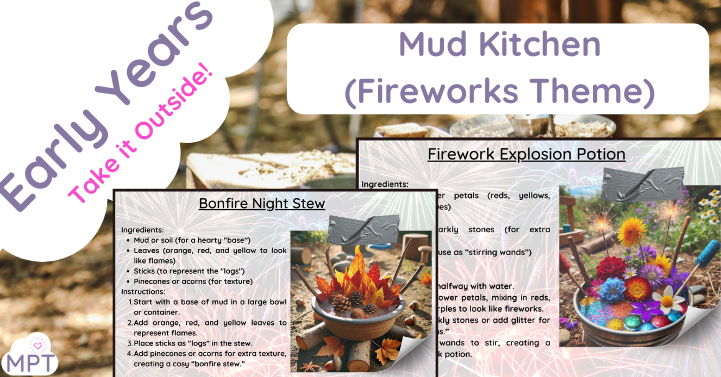
Mud Kitchen Recipes (Bonfire Night)
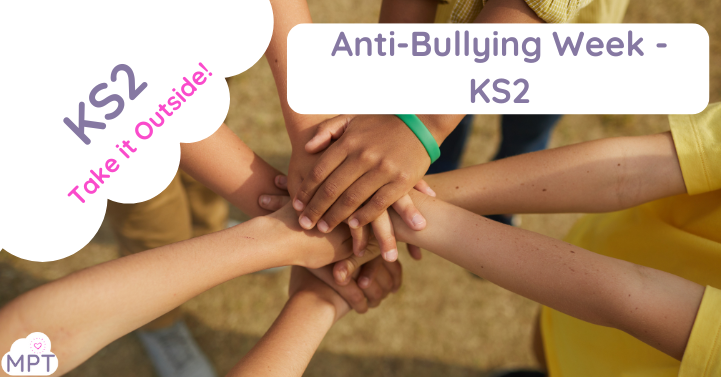
KS2 Anti-Bullying Week Ideas Pack

Anti-Bullying Week KS1

Anti Bullying Week – Early Years
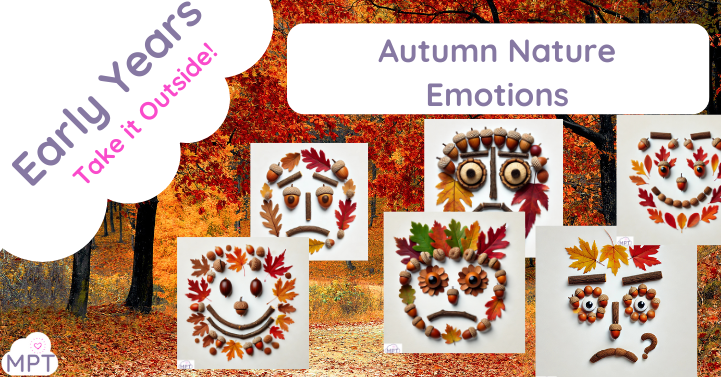
Autumn Nature Emotions
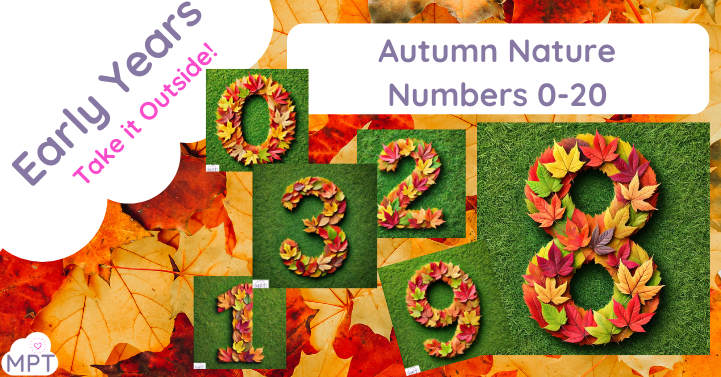
Autumn Nature Numbers 0-20 (Outdoor Displays)
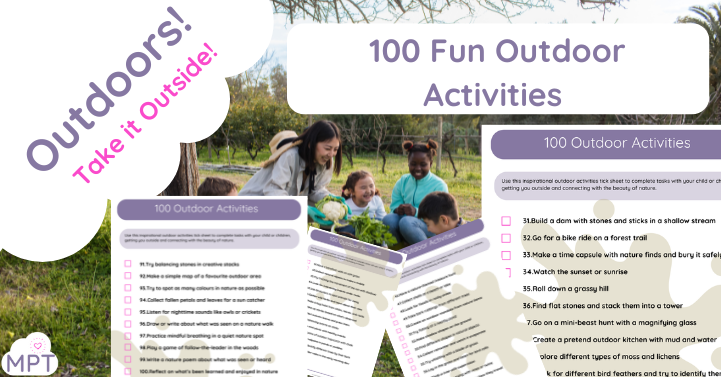
100 Fun Outdoor Activities
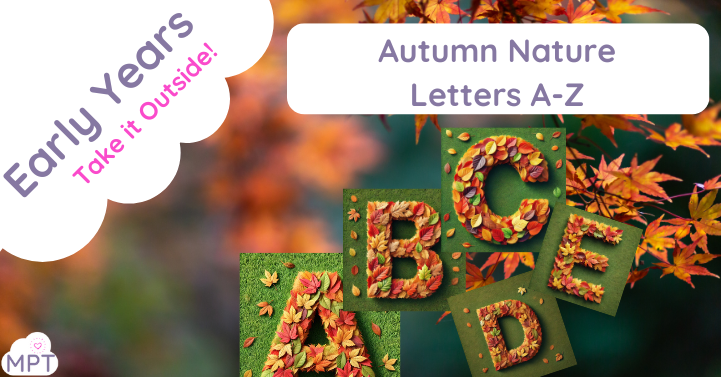
Autumn Nature Letters (Capitals)

10 Gunpowder Plot Ideas (Outdoors)
